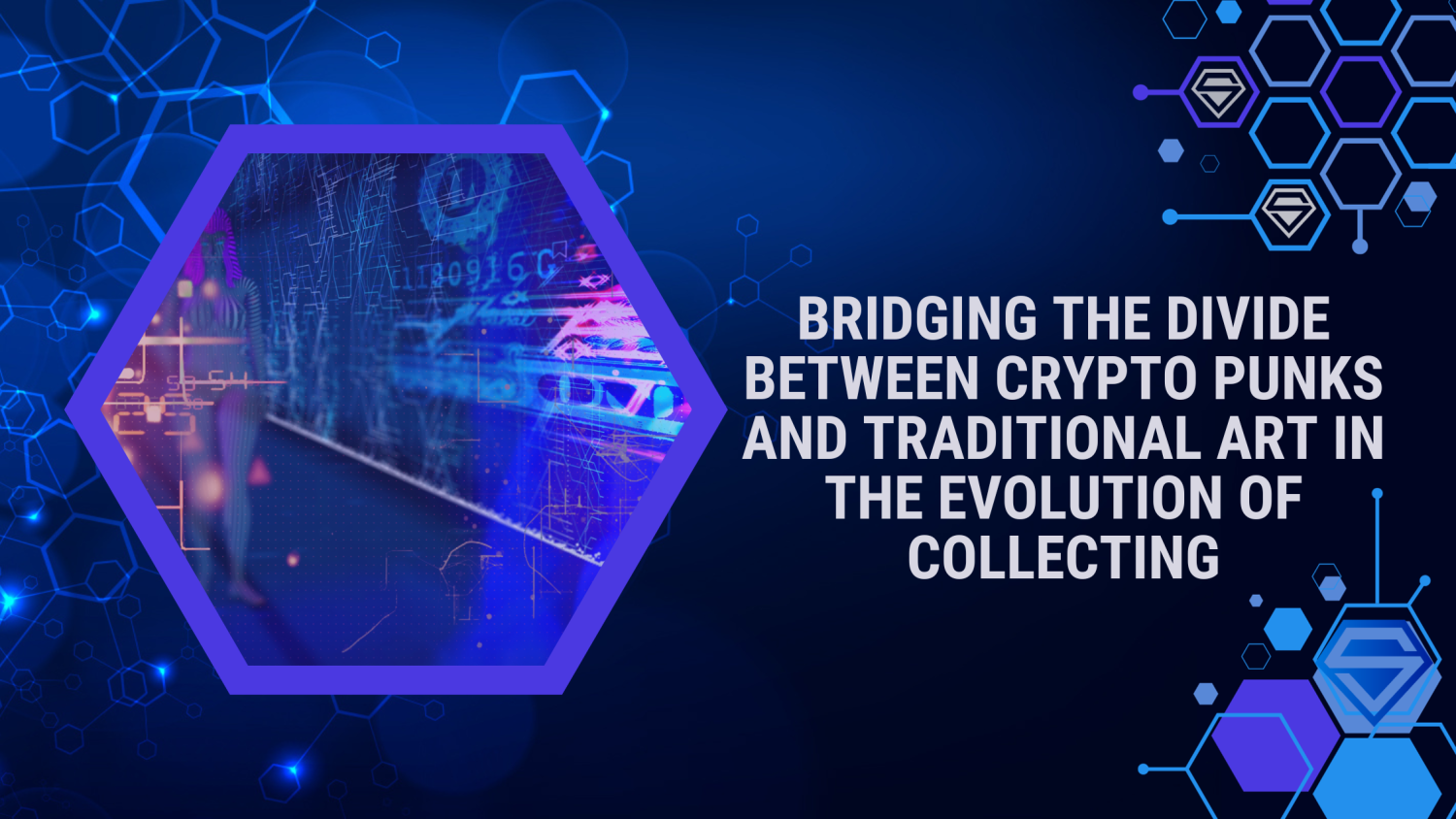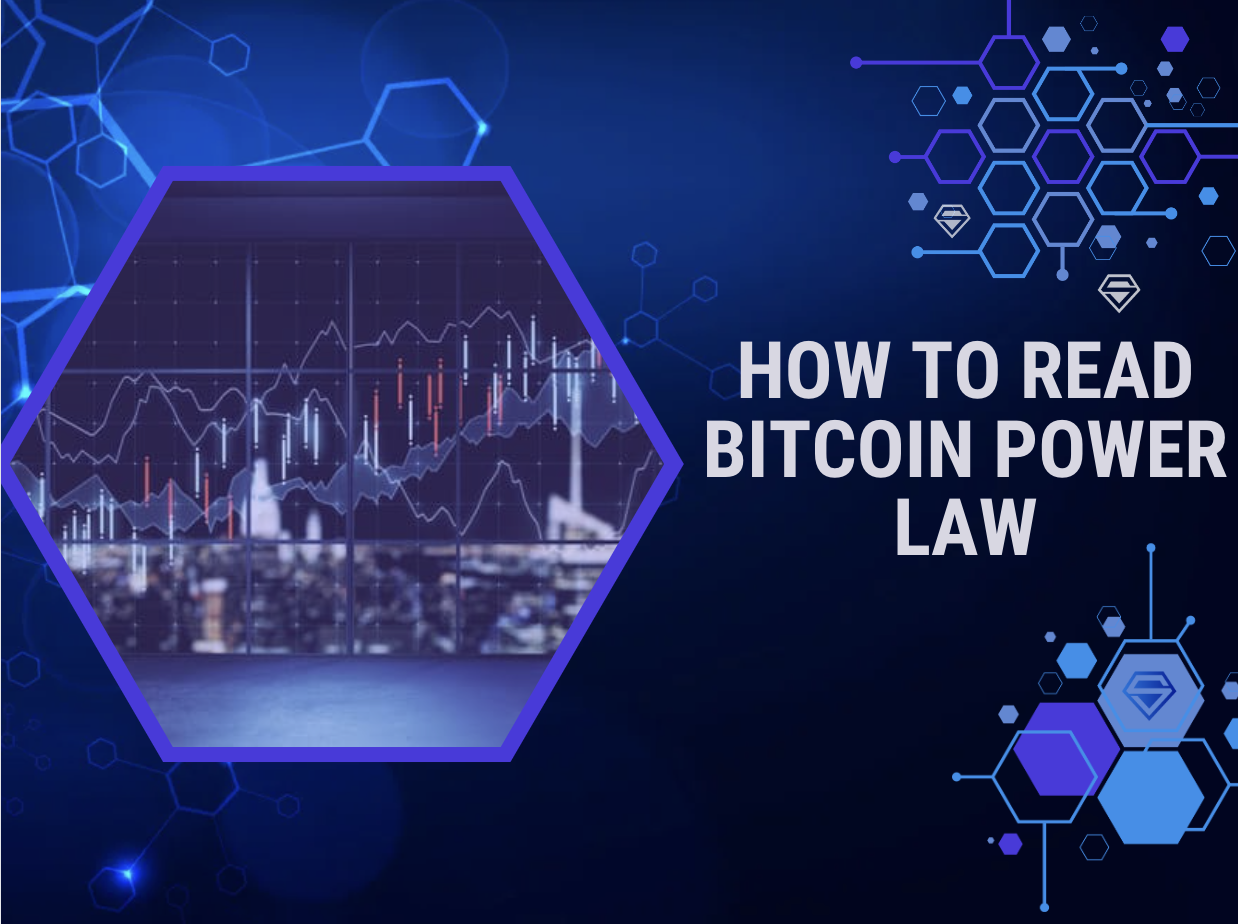
13. November, 2023
Crypto Punks vs. Traditional Art: Is Digital Art the Future of Collecting?
In recent years, a new form of art has taken the world by storm, challenging the very foundations of traditional art collecting. Crypto Punks, along with other digital artworks, have emerged as a disruptive force in the art world, raising the question: Is digital art the future of collecting?
In this blog post, we’ll delve into the world of Crypto Punks and explore the contrasting landscapes of traditional art and digital art, ultimately pondering the future of art collecting.
The Rise of Crypto Punks

Let’s start by understanding what Crypto Punks are. In 2017, a group of developers created 10,000 unique 24×24 pixel art characters called Crypto Punks using blockchain technology. Each Crypto Punk is distinct, possessing its own combination of attributes, such as hairstyles, accessories, and even expressions. These digital collectibles were distributed for free, and users could claim ownership by storing them on the Ethereum blockchain.
The allure of Crypto Punks lies in their rarity and uniqueness. With only 10,000 in existence, they have become highly sought-after digital assets. Early adopters and collectors recognized the potential value of these digital artworks, and today, they command astronomical prices in the market. Some Crypto Punks have been sold for millions of dollars, attracting the attention of both art enthusiasts and investors.
Traditional Art: A Historical Perspective

Traditional art has a rich history that spans centuries. From the iconic masterpieces of the Renaissance to the avant-garde movements of the 20th century, traditional art has captivated audiences and art collectors alike.
Owning an original piece of artwork by renowned artists has long been considered a status symbol, a tangible representation of cultural and aesthetic appreciation.
The Tangibility Factor
One of the primary differences between traditional art and digital art is tangibility. Traditional art exists in physical form, allowing collectors to experience its texture, brushstrokes, and nuances up close. There is an inherent emotional connection that comes from standing before a painting or sculpture, immersing oneself in its presence. The tangibility of traditional art adds an element of exclusivity and uniqueness, as each piece is one-of-a-kind.
Digital Art as the New Frontier
Digital art, on the other hand, challenges the notion of tangibility. It exists in the virtual realm, accessible through screens and devices. This intangibility has been a point of contention for some traditional art enthusiasts who argue that the physicality of art is an essential aspect of its value. However, digital art offers its own set of advantages and possibilities.
Accessibility and Democratisation
One of the main advantages of digital art is its accessibility. Unlike traditional art, which is often confined to galleries and museums, digital art can be easily shared and distributed online. This has opened up new avenues for artists to reach global audiences and for collectors to discover and acquire artworks from the comfort of their own homes.
Digital art has also contributed to the democratization of the art world. It has dismantled the traditional gatekeepers and intermediaries, allowing emerging artists to gain recognition and find an audience without the need for institutional validation. This shift has brought a new wave of diversity and inclusivity to the art scene, amplifying underrepresented voices and perspectives.
The Verdict: What is the Future of Collecting?
So, is digital art the future of collecting? The answer is not a simple one.
While digital art has certainly made a significant impact and disrupted traditional art collecting, it is unlikely to completely replace it. Traditional art will always hold a special place in the hearts of collectors, as its physicality and historical significance cannot be replicated.
However, digital art has carved out its own niche and is here to stay. Its accessibility, potential for innovation, and ability to reach global audiences have reshaped the art landscape.
Crypto Punks, with their unique blend of scarcity, technology, and artistic expression, have demonstrated the value and potential of digital collectibles.
In Conclusion
The world of art collecting is evolving, and digital art, including Crypto Punks, is at the forefront of this transformation. While traditional art will continue to thrive, digital art offers new possibilities, democratization, and accessibility. The future of collecting lies in a harmonious coexistence of both traditional and digital art, as each form brings its own merits to the table.
So, whether you find yourself captivated by the brushstrokes of a classic masterpiece or intrigued by the pixelated charm of a Crypto Punk, the art world offers a diverse and vibrant landscape for collectors to explore.


